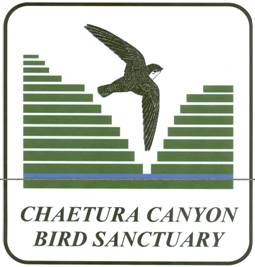
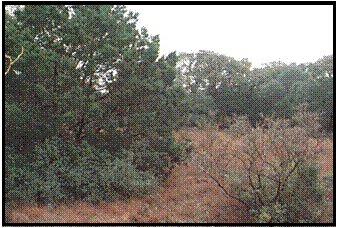
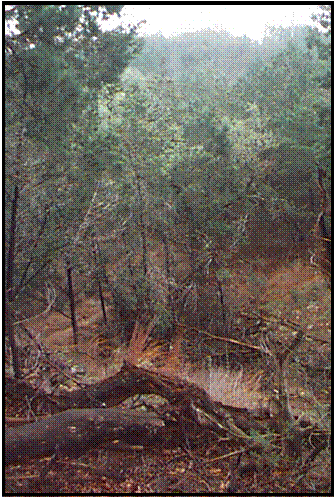
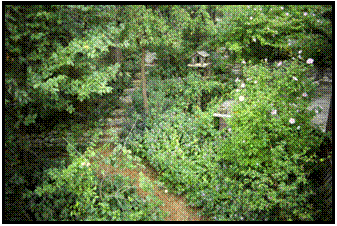
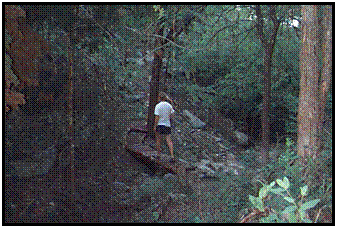
|
Chaetura Canyon (Pronounced “Kay-too-rah”) is a 12 acre bird sanctuary and nature preserve located on private property that is jointly managed and owned by the Travis Audubon Society, It is situated on the eastern edge of the Edwards Plateau, 1.25 miles southwest of Mansfield Dam, in Travis County, approximately 12 miles northwest of Austin, Texas. This steep and rugged site is typical of the area which has come to be known as the Balcones Canyonlands. The highest elevation is 760 feet and includes about one acre of open field with shallow soil, sparse grasses and forbs. The canyon walls consist of numerous limestone outcroppings and ledges. A wet-weather creek plunges to an elevation of 600 feet at the lowest point before leaving the site and ultimately emptying into the Colorado River. Typical woody plants on the rim of the small canyon include ashe juniper, live oak, Texas (or Spanish) oak, shin oak and escarpment cherry. The floor of the canyon supports a canopy of cedar elm dotted with hackberry, black walnut, mulberry and pecan. The dominant under story is wafer ash, but the wettest parts are abundant with red buckeye and a spreading colony of rusty black haw. Common shrubs throughout the site include three-leaf agarita, Texas persimmon, evergreen and flame-leaf sumac, twisted-leaf yucca and prickly pear. In recent years, where juniper management and deer exclusion have been practiced, woody plants including deciduous and evergreen yaupon, silk tassel, elbow bush and bumelia have begun to make a comeback. Spanish oaks have also benefited from the habitat management, and many healthy saplings are replacing those that have been lost due to age, ice storm damage and disease. Large showy grasses such as Lindheimer’s Muhly have also begun to make a strong recovery as a result of the cedar management – much to the delight of several pair or Rufous-crowned Sparrows which were absent from the property for many years. A federally permitted bird banding station was located on the sanctuary for 15 years and helped identify 150 species of birds since conservation and research activities began in 1987. These include Hill Country specialties such as Red-shouldered Hawk, Chuck-will’s Widow, Black-chinned Hummingbird, Golden-fronted Woodpecker, Western Scrub-Jay, Canyon Wren, Black-and-white Warbler, Rufous-crowned Sparrow and Painted Bunting. In all, more than 30 species nest on or near the sanctuary including the endangered Golden-cheeked Warbler. Native mammals sighted have included White-tailed Deer, Grey Fox, Raccoon, Ringtail, Fox Squirrel, Rock Squirrel, Opossum, Eastern Cottontail, Blacktail Jackrabbit, Nine-banded Armadillo and Mexican Free-tailed Bat. Mountain lions were recorded in the early 1970’s, but are no longer present. However, coyotes have been recently sighted by some local residents. A variety of native reptiles such as Texas Spiny Lizards, Fence Lizards and Alligator Lizards are also present. Coral Snakes are rare, but Texas Rat Snakes, Patch-nosed Snakes and Western Diamond-backed Rattlesnakes are fairly common. Leopard Frogs, Cliff Frogs and Strecker’s Chorus Frogs often fill the evening with their songs. |
|
The Chimney Swifts of Chaetura Canyon
Chimney Swift Tower Construction Workshop
Song Bird Nest Box Work Shop
|

|
Chaetura Canyon is a Travis Audubon Sanctuary |